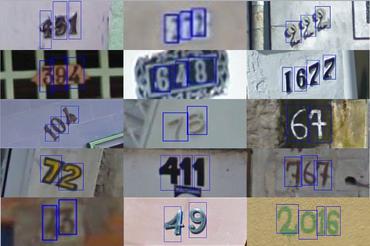Trending Research
A Challenger to GPT-4V? Early Explorations of Gemini in Visual Expertise
They endow Large Language Models (LLMs) with powerful capabilities in visual understanding, enabling them to tackle diverse multi-modal tasks.
MA-LMM: Memory-Augmented Large Multimodal Model for Long-Term Video Understanding
However, existing LLM-based large multimodal models (e. g., Video-LLaMA, VideoChat) can only take in a limited number of frames for short video understanding.
 Ranked #1 on
Video Classification
on COIN
Ranked #1 on
Video Classification
on COIN
Any2Point: Empowering Any-modality Large Models for Efficient 3D Understanding
The adapter incorporates prior spatial knowledge from the source modality to guide the local feature aggregation of 3D tokens, compelling the semantic adaption of any-modality transformers.
BAdam: A Memory Efficient Full Parameter Training Method for Large Language Models
This work presents BAdam, an optimizer that leverages the block coordinate optimization framework with Adam as the inner solver.
Hash3D: Training-free Acceleration for 3D Generation
The evolution of 3D generative modeling has been notably propelled by the adoption of 2D diffusion models.
Policy-Guided Diffusion
Our approach provides an effective alternative to autoregressive offline world models, opening the door to the controllable generation of synthetic training data.
AniPortrait: Audio-Driven Synthesis of Photorealistic Portrait Animation
In this study, we propose AniPortrait, a novel framework for generating high-quality animation driven by audio and a reference portrait image.
mPLUG-DocOwl 1.5: Unified Structure Learning for OCR-free Document Understanding
In this work, we emphasize the importance of structure information in Visual Document Understanding and propose the Unified Structure Learning to boost the performance of MLLMs.
DSPy: Compiling Declarative Language Model Calls into Self-Improving Pipelines
The ML community is rapidly exploring techniques for prompting language models (LMs) and for stacking them into pipelines that solve complex tasks.
NeuroNCAP: Photorealistic Closed-loop Safety Testing for Autonomous Driving
We present a versatile NeRF-based simulator for testing autonomous driving (AD) software systems, designed with a focus on sensor-realistic closed-loop evaluation and the creation of safety-critical scenarios.







